Geology
Within this geology collection of around 18,000 specimens is the largest single assembly of material from the UNESCO Jurassic Coast World Heritage Site. Around twenty holotype fossils include the Swanage snapper, a beautifully preserved crocodile skull, and the Weymouth Bay pliosaur, the largest substantially complete pliosaur – sea reptile – skull found to date.
Important Announcement
The lift in the Museum is currently out of action.
We hope to resolve this very soon and apologies for the inconvenience.
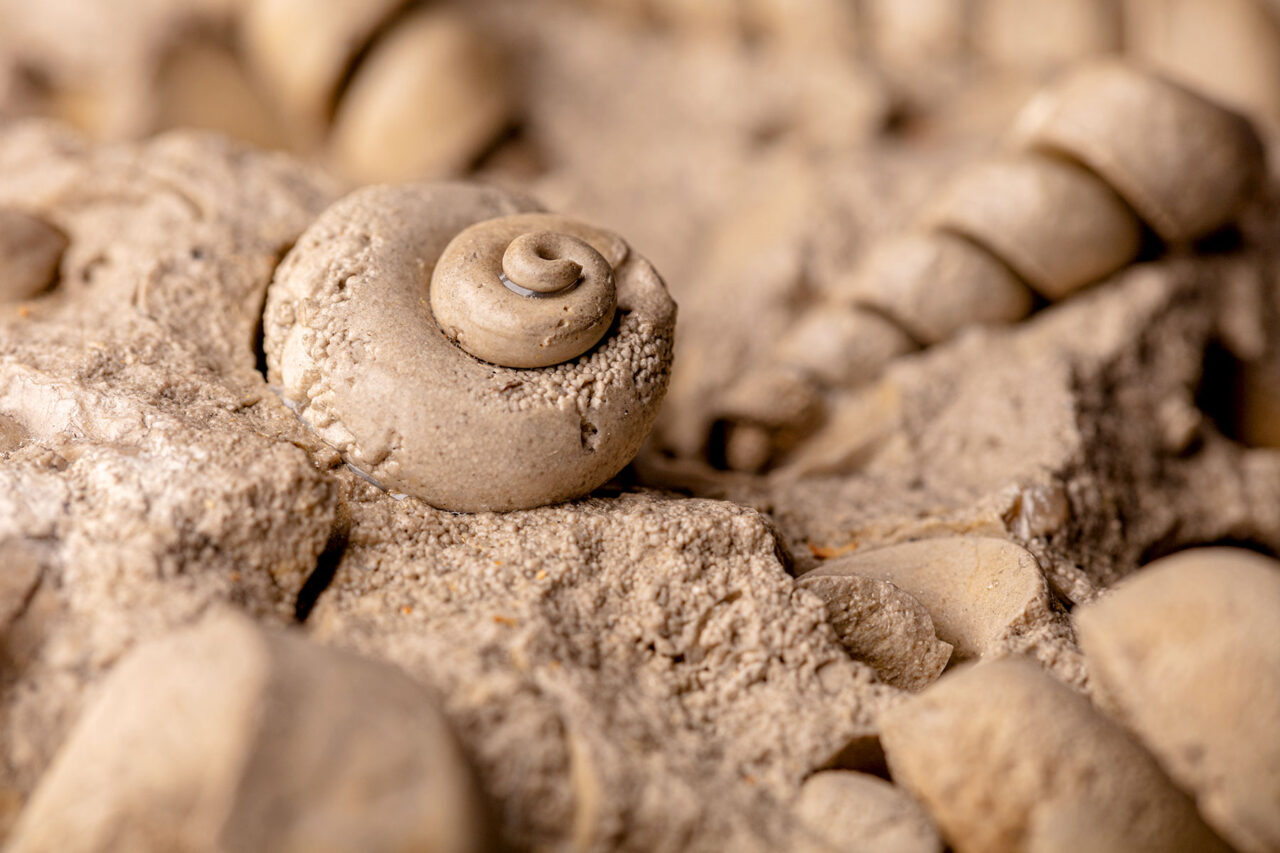
Geology
October 30, 2020
Portland Roach stone with molluscs (Aptyxiella portlandicum and Myophorella sp.)
When this limestone was forming, the snail and bivalve shells buried in it dissolved away, leaving gaps. The solid shell shapes you see are casts…
Read more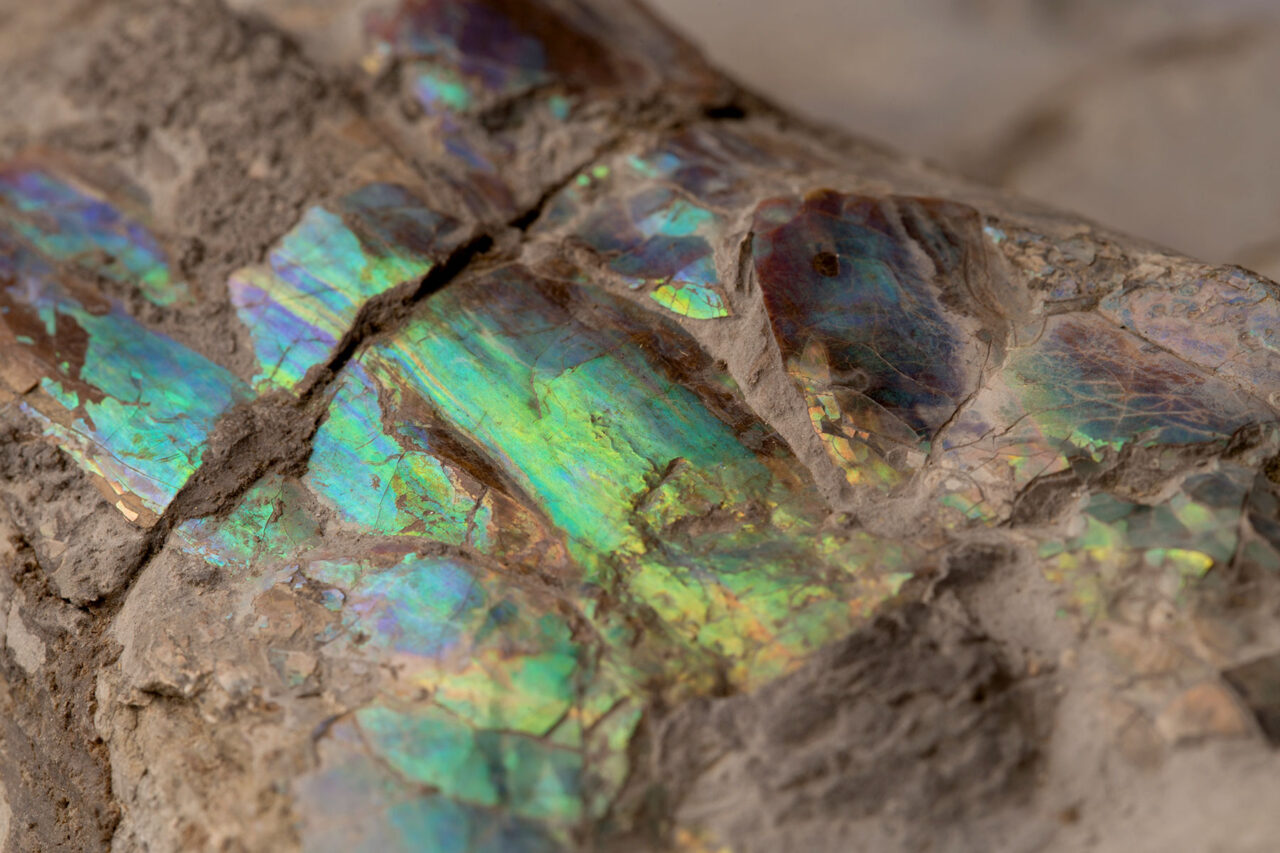
Geology
October 30, 2020
Belemnite with mother-of-pearl (Conoteuthis sp.)
You rarely see mother-of-pearl preserved like this in a belemnite – a squid-like fossil. The shell was made up of fine, alternating layers of inorganic…
Read more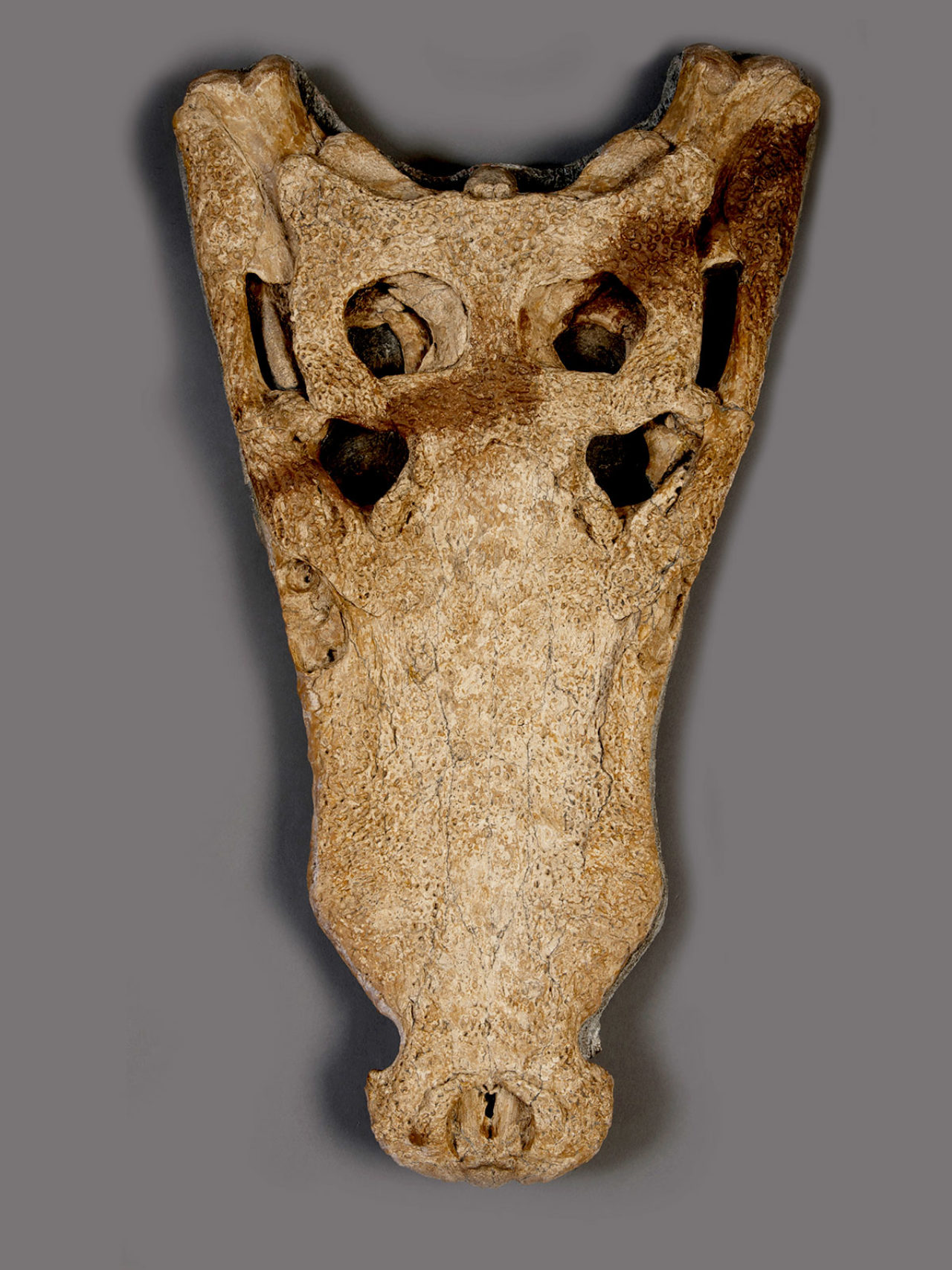
Geology
October 30, 2020
The Swanage crocodile (Goniopholis kiplingi, holotype)
This skull is from a substantial crocodile that dwelled in Purbeck’s Early Cretaceous lagoons. There it waited, motionless, to ambush unsuspecting animals. Fish, turtles and…
Read more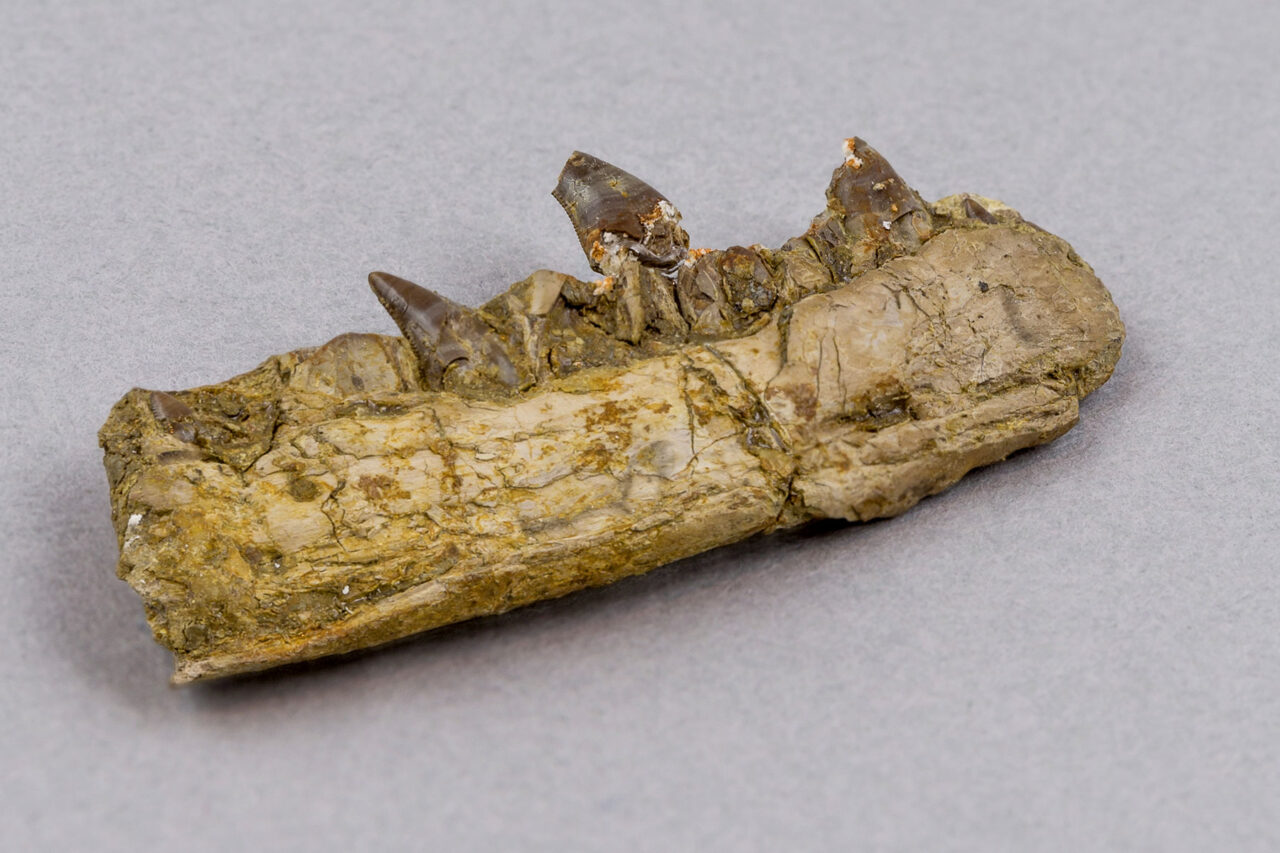
Geology
October 14, 2020
Raptor dinosaur jaw (Nuthetes destructor)
This tiny lower jaw is the first raptor dinosaur fossil found in Britain. It belonged to a small dromaeosaur – a group that also included…
Read more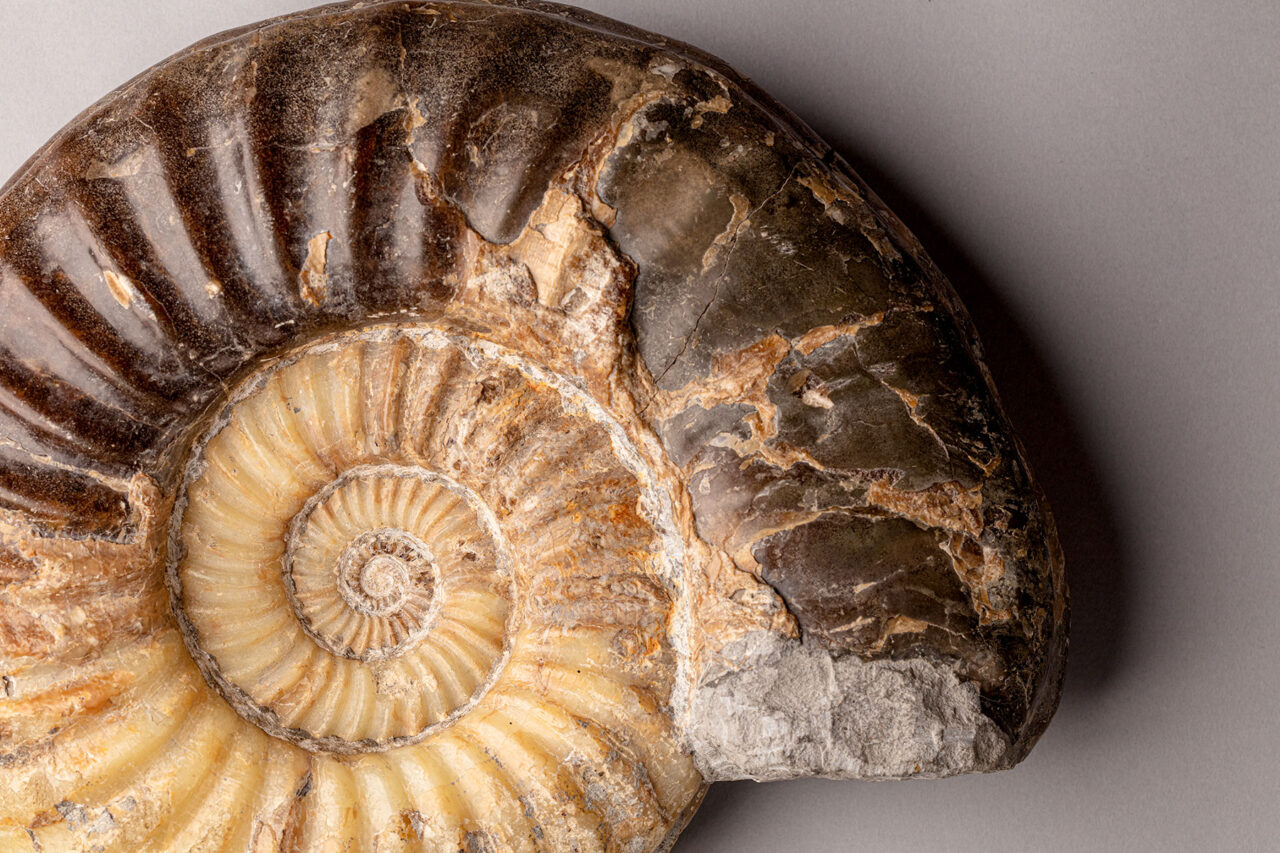
October 14, 2020
Star ammonite (Asteroceras sp.)
This superb ammonite retains some of its original shell. It shows some of the textures and features the shellfish had in life, such as grooves…
Read more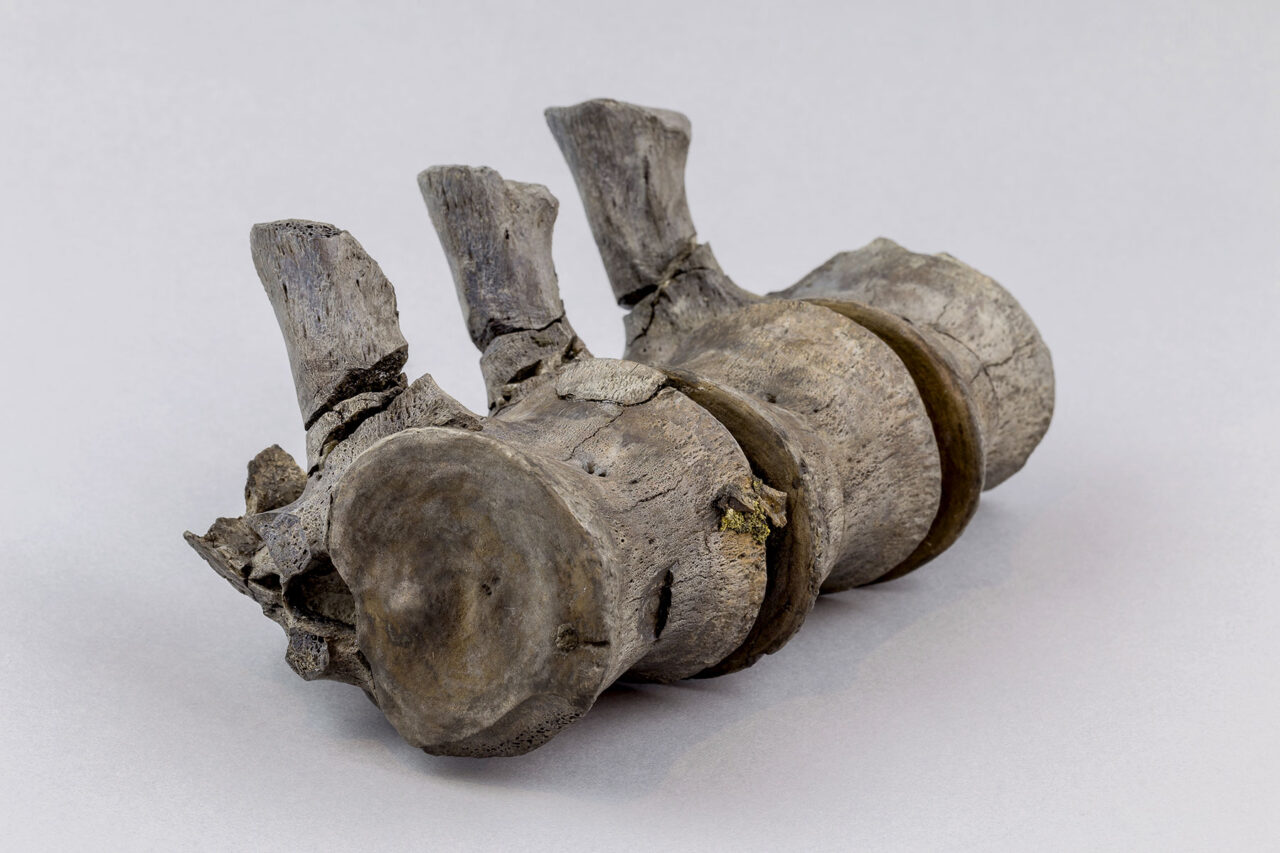
Geology
October 14, 2020
Dinosaur backbones (Scelidosaurus harrisonii)
These backbones belonged to a famous local plant-eating dinosaur called Scelidosaurus. Adult scelidosaurs were three to four metres long, with long tails and protective body…
Read more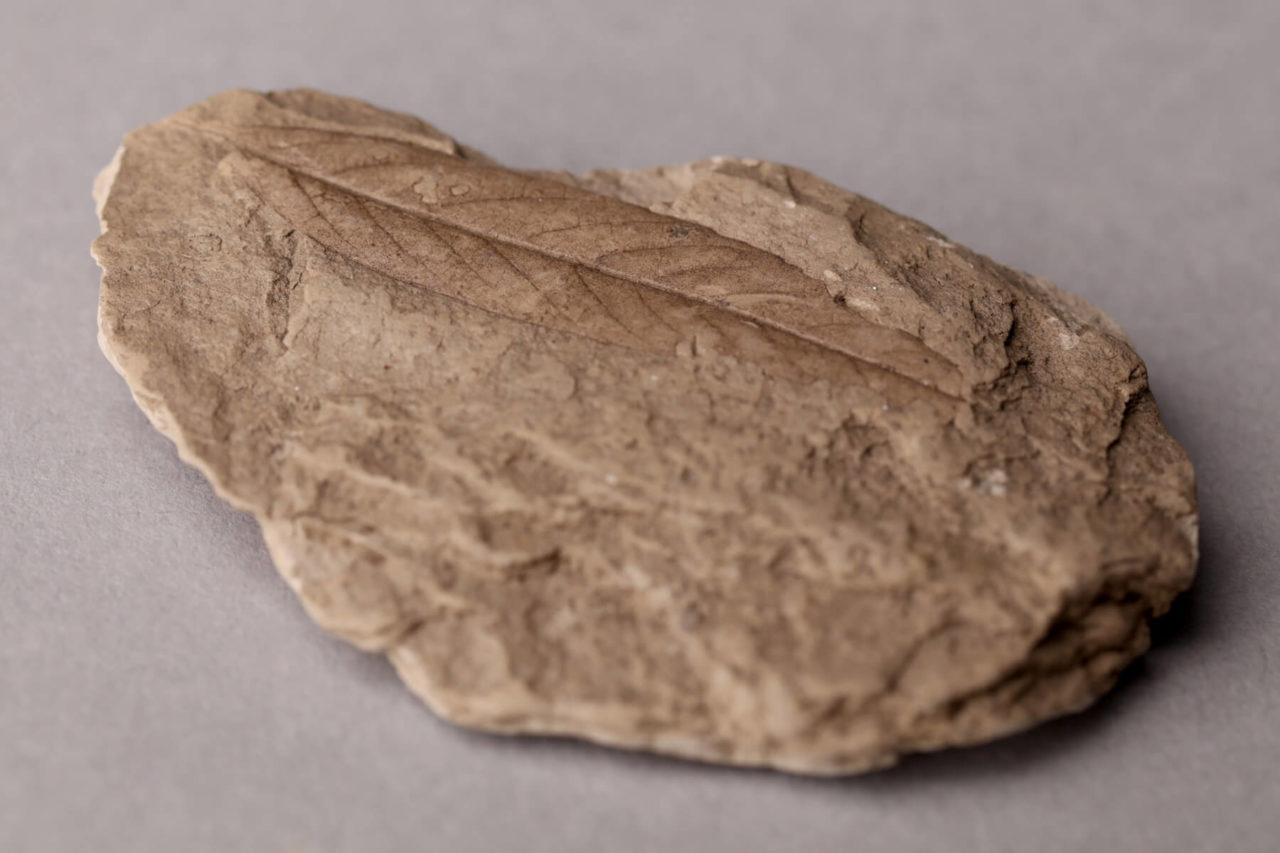
Geology
September 24, 2020
Flowering plant leaf
Can you spot where insects nibbled the edges of this leaf? Today’s flowering plants and insects often depend on each other to live. This fossil…
Read more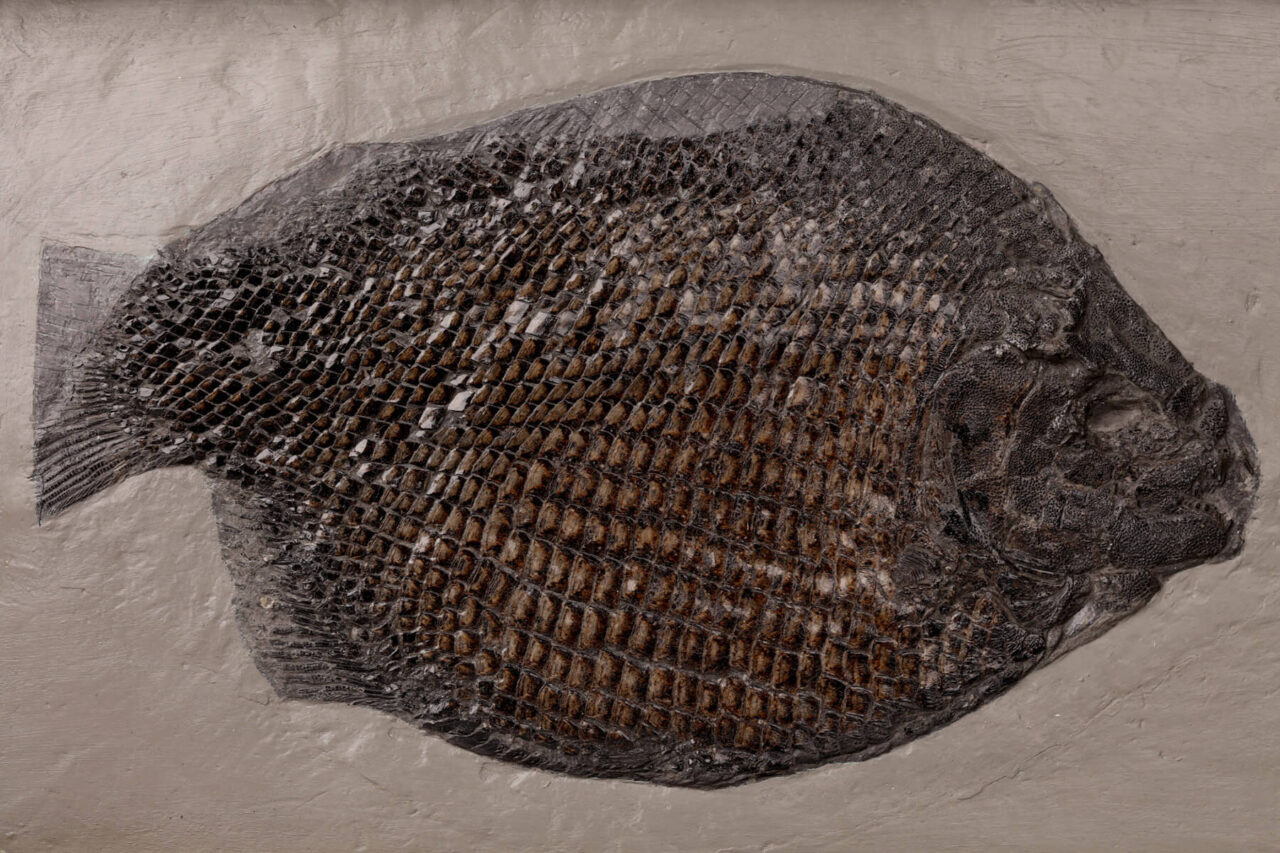
Geology
September 24, 2020
Fish (Dapedium sp.)
Thick scales and bony skull-plates protected this fish from predators. Even if a hunter spotted its slender profile, it could have escaped by changing direction…
Read more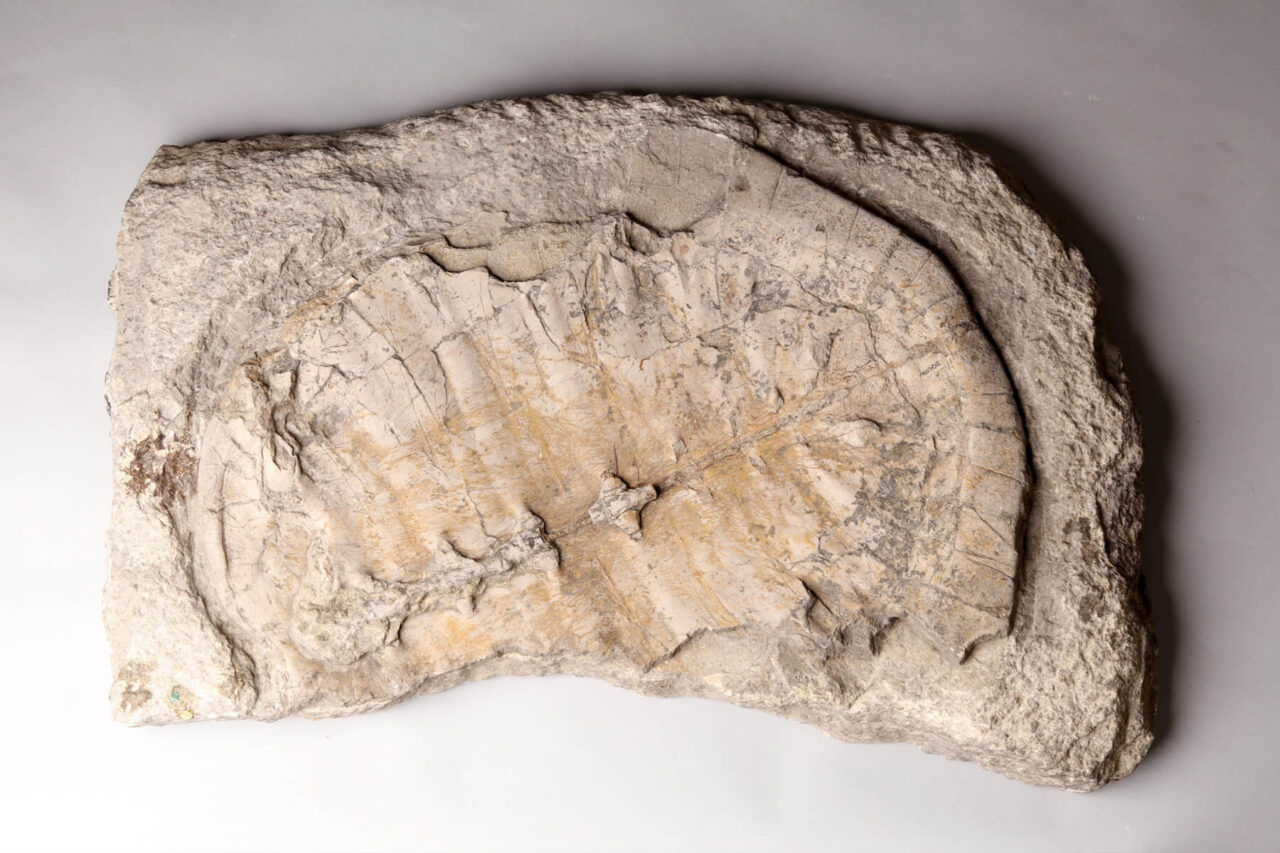
Geology
September 24, 2020
Turtle shell (Hyaeochelys emarginata) ND
You normally see a turtle’s top shell (carapace) from the outside. This shell has been fossilised with its inside showing. There are backbones (vertebrae) still…
Read more